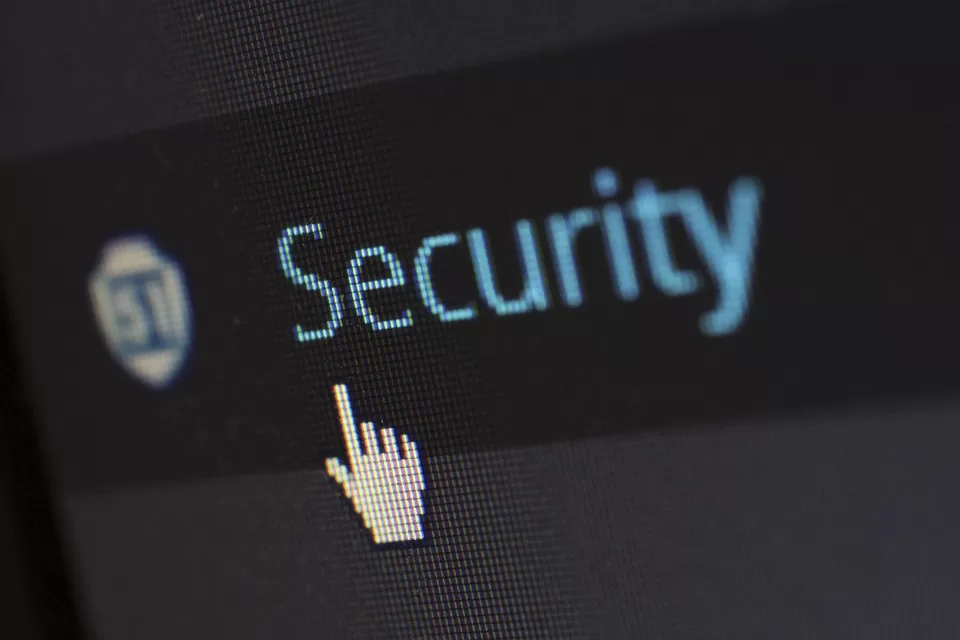[ad_1]
Let’s say you’ve been following the news on the Corona Virus Aid Relief and Economic Security (CARES) Act. In that case, you may know that the government has allocated a significant portion of money for the Payroll/Paycheck Protection Program (PPP). The purpose of PPP is to support businesses that are unable to support their employees. It is essentially a government allowance that companies with less than five hundred employees can access and can waive. PPP was developed as a way to ensure job security despite being unable to operate businesses during the pandemic lockdown. However, the federal government is willing to forgive these loans provided the companies meet specific criteria. In this article, we look at what those terms are.
Payment Schedule and Interest Rates
Since this is a loan, businesses that use the Paycheck Protection Program are not required to begin repayment on their principal amount until ten (10) months after the initial grant. The Company must endeavor to repay the amount in full before the lapse of two (2) years. If a business intends for the grant to be forgiven, repayment is deferred until payments can resume at a later time. The federal government is offering to defer interest on loans for a period of one (1) year and extend loan maturities to between two (2) and five (5) years for all PPP loans granted on or after the date of the Flexibility Act. ready for. , The government has also capped the interest rate at 4% per annum, but the current rate is much lower at around 1%.
debt forgiveness
For a business to qualify for removal or reduction of payments under the Paycheck Protection Program, the enterprise must ensure that all employees on its payroll initially remain employed by the company. There are also conditions about what the loan can be used for, and breaching those conditions means the government will not forgive it. The PPP loan is to be used only for the following:
- Payroll costs, with allowances up to $100,000 per employee
- utilities
- rent on lease
- mortgage interest
- Additional pay for employees that supplements their earnings with tips
Additionally, the Coronavirus Flexibility Act states that no less than 60% of the total loan amount must be spent on payroll to be eligible for forgiveness. If some employees are laid off, there is a chance that the business may still be able to receive forgiveness, but not for the full amount of the loan. If a company reduces the salary of employees by more than 25%, then the forgiveness is also affected. Enterprises can still receive full forgiveness if they roll back the reduction in payroll amounts before December 31.
[ad_2]
